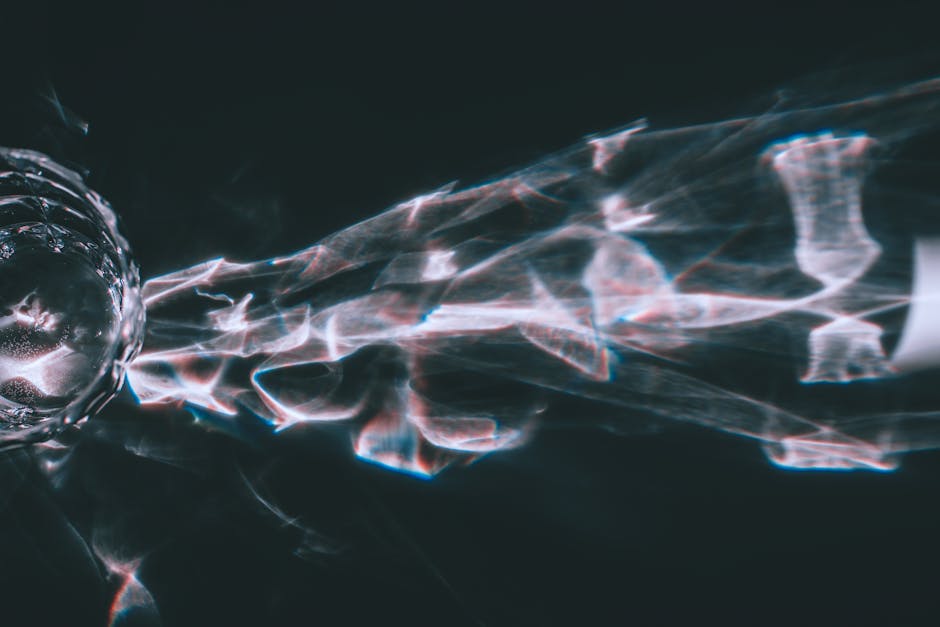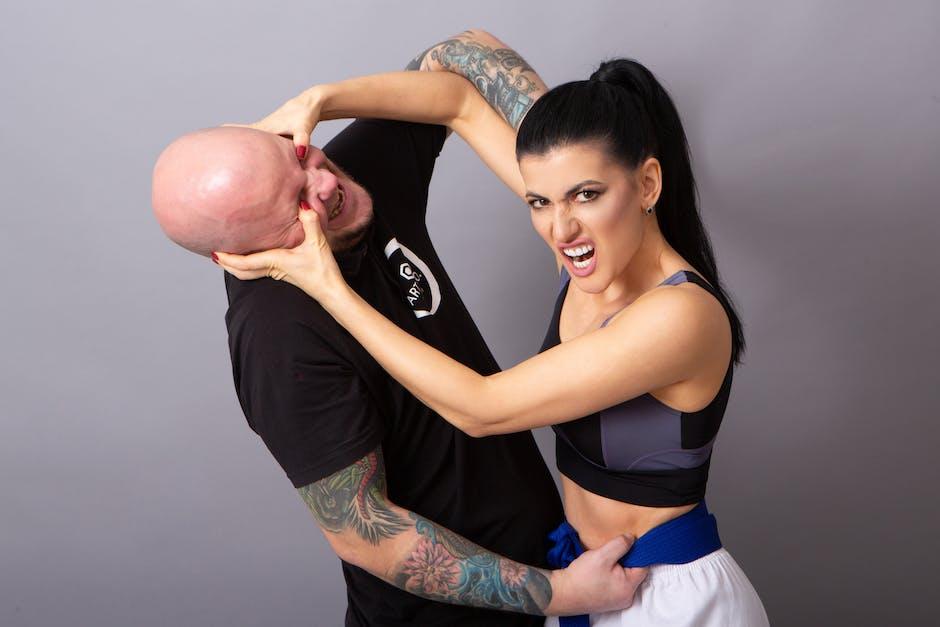Introduction
Depression is a common and serious mental health condition that affects millions of people worldwide. It is characterized by persistent feelings of sadness, loss of interest in activities, and a lack of motivation. However, not all depression is the same. There are several types of depression, each with its own unique symptoms, causes, and treatment options. Understanding these different types of depression is crucial for effective diagnosis and treatment.
Depression is more than just feeling sad or going through a rough patch. It’s a serious mental health condition that requires understanding and medical care. Left untreated, depression can be devastating for those who have it and their families. Fortunately, with early detection, diagnosis, and a treatment plan consisting of medication, psychotherapy, and healthy lifestyle choices, many people can and do get better.
Depression is not a one-size-fits-all illness. Just as the symptoms and causes of depression can vary greatly among individuals, so too can the condition manifest in various forms. In this blog post, we will explore the different types of depression, their symptoms, and how they are typically treated.

Photo by Mitchell Luo on Pexels
Major Depressive Disorder (MDD)
Major Depressive Disorder, often referred to as #MajorDepressiveDisorder, is one of the most common types of depression. It is characterized by a persistent feeling of sadness or a lack of interest in outside stimuli. The world appears less colorful and more challenging to those with MDD.
People with MDD experience five or more of the following symptoms over a two-week period: persistent sadness, feelings of worthlessness or guilt, loss of interest in activities, fatigue, difficulty concentrating, changes in appetite or weight, and thoughts of death or suicide. These symptoms must be severe enough to interfere with daily activities.
Major Depressive Disorder is often treated with medication, psychotherapy, or a combination of the two. In some cases, other types of brain stimulation therapy may also be recommended. It’s important to remember that recovery takes time, but with treatment, most people with MDD can regain a healthy emotional balance.
Persistent Depressive Disorder (PDD)
Persistent Depressive Disorder, also known as dysthymia, is a type of depression that lasts for at least two years. People with PDD may experience episodes of major depression along with periods of less severe symptoms. However, the symptoms must last for two years to be considered PDD.
Some of the symptoms of PDD include a loss of interest in daily activities, sadness or feeling down, hopelessness, fatigue, low self-esteem, and difficulty concentrating. The key difference between PDD and MDD is the duration of symptoms. While MDD episodes typically last for at least two weeks, PDD symptoms must persist for at least two years.
Treatment for PDD often involves antidepressants, psychotherapy, or a combination of the two. Lifestyle changes, such as improving diet, increasing physical activity, and getting enough sleep, can also help manage symptoms.

Photo by cottonbro studio on Pexels
Bipolar Disorder
Bipolar disorder, formerly known as manic depression, is a mental health condition that causes extreme mood swings that include emotional highs (mania or hypomania) and lows (depression). During a manic phase, individuals feel euphoric and energized. During a depressive phase, they may feel sad, indifferent, or hopeless. These phases may occur rarely or multiple times a year.
While bipolar disorder is not the same as depression, people with bipolar disorder do experience episodes of extremely low moods that meet the criteria for major depression, known as #BipolarDepression. However, a key difference between bipolar depression and unipolar depression (depression without the high phases) is that someone with bipolar disorder experiences periods of high energy levels and euphoria.
Treatment for bipolar disorder often includes a combination of medication and psychotherapy. Mood stabilizers, antipsychotics, and antidepressants can all be used to help manage the symptoms of bipolar disorder.
Seasonal Affective Disorder (SAD)
Seasonal Affective Disorder is a type of depression that’s related to changes in seasons. SAD begins and ends at about the same times every year. Most people with SAD experience symptoms starting in the fall and continue into the winter months, draining their energy and making them feel moody.
Common symptoms of SAD include fatigue, depression, hopelessness, and social withdrawal. While it’s normal to have some days when you feel down, people with SAD feel depressed for days at a time and cannot get motivated to do activities they normally enjoy.
Light therapy, medications, and psychotherapy can all be effective treatments for SAD. Light therapy involves sitting near a device called a light box that gives off bright light mimicking natural outdoor light. This treatment appears to cause a change in brain chemicals linked to mood.

Photo by Maria Orlova on Pexels
Postpartum Depression (PPD)
Postpartum depression is a serious mental illness that involves the brain and affects your behavior and physical health. If you have depression, then feelings of sadness, loneliness, worthlessness, and restlessness are common. But what makes #PostpartumDepression different is that it starts after childbirth.
PPD often begins within the first few weeks after delivery, but it can begin any time during the first year. Symptoms usually include a depressed mood, severe mood swings, difficulty bonding with your baby, withdrawing from family and friends, and thoughts of harming yourself or your baby.
Postpartum depression is treated much like any other depression. Support, counseling (talk therapy), and medicines can help. If you are breastfeeding, don’t assume that you can’t take medication for depression, anxiety, or even psychosis. Talk to your doctor.
Conclusion
Depression is a complex disorder that can take many forms. The types of depression that we discussed – Major Depressive Disorder, Persistent Depressive Disorder, Bipolar Disorder, Seasonal Affective Disorder, and Postpartum Depression – are just a few of the many faces of depression. Each one presents its own set of challenges, but all are treatable with the right combination of medication and therapy.
It’s important to remember that if you’re experiencing symptoms of depression, you’re not alone. Reach out to a healthcare provider for a diagnosis and treatment. There’s no shame in seeking help, and there are many resources available to you, including different types of psychotherapy and medication.
Finally, educating yourself and others about the different types of depression can help remove the stigma associated with mental illness. Remember, depression is a medical condition, not a personal flaw or weakness. With understanding, support, and treatment, individuals with depression can lead happy, fulfilling lives.



